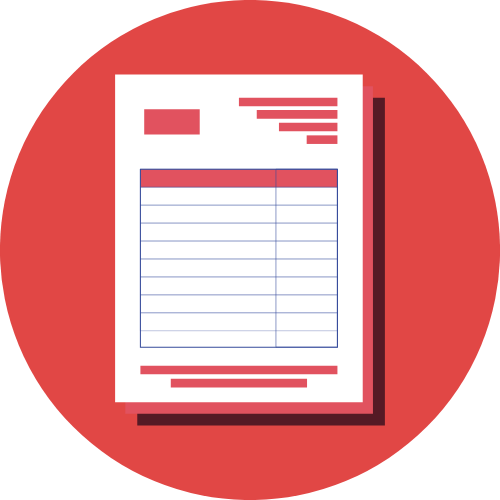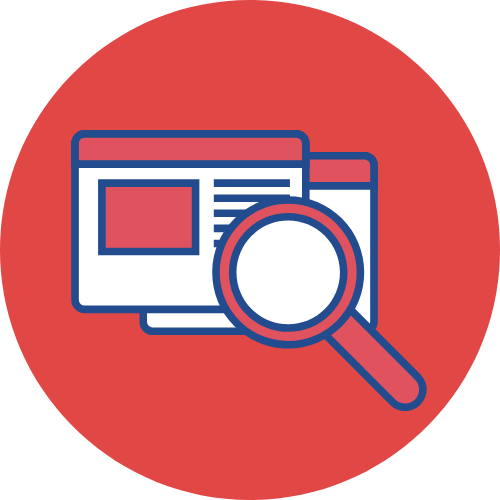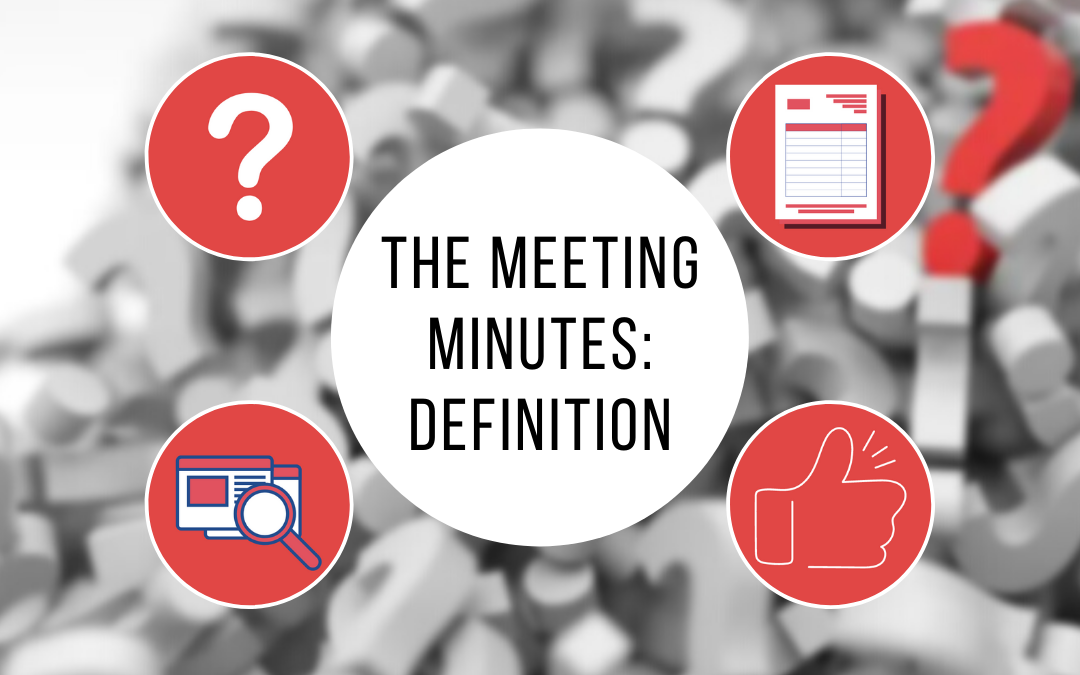A meeting report is a very useful tool when holding debates or discussions within a company or association. Among other things, it allows you to highlight the decisions made during a meeting. But how a meeting report is presented in concrete terms? Indeed, if one understands easily its utility, its realization is not so simple. Here are some useful tips for writing effective meeting minutes to ensure that the decisions made during the meeting are implemented.
What is a meeting report?
A meeting report is a summary of all the debates and discussions observed during a working meeting or similar assembly. Its form must meet specific criteria and respect different drafting stages to be as efficient as possible. Depending on the type of meeting (board of directors, works counciletc.), it is essential to know how to take minutes of a meeting adapted so that the decisions taken do not remain without action. Before we provide you with some helpful tips, let’s ask some basic questions.


What is the purpose of the meeting minutes?
Its main purpose is to provide all those present at the meeting with a summary of the subject matter of the discussions and the decisions taken. These elements will then make it possible to establish a more precise action plan in which each person’s role will be defined. This document is also a means of providing a complete summary of the meeting to those members of the company whose function does not allow them to attend.
A tool to make good
meeting minutes ?
What form does the report take?
A report can take several forms (summary, memorandum, minutes), but its objective remains the same: to enable an outside reader to fully understand the purpose of the agenda, the stages of the discussion, and the decisions taken. But these are not the only elements it must contain. The layout of a meeting report must include :
- the participants in the meeting (and those absent), their function and the designated person in charge;
- the place, date and type of meeting ;
- the title of the agenda ;
- the name of the writer of the synthesis ;
- the reader or readers for which the brief is intended;
- a summary of the discussions and decisions.
All of this information should be clearly visible when reading the meeting minutes.


Some tips for writing a report
The minutes of the meeting must therefore include the agenda and follow a certain format. But a writer must not only reproduce the sample meeting minutes presented above. It must be adapted according to the destination of the document (internal reading, external distribution, archiving, etc.) to facilitate maximum understanding of the issues at stake in the meeting concerned. To do this difficult job, it is possible to choose an outside professional rather than an inexperienced employee.
